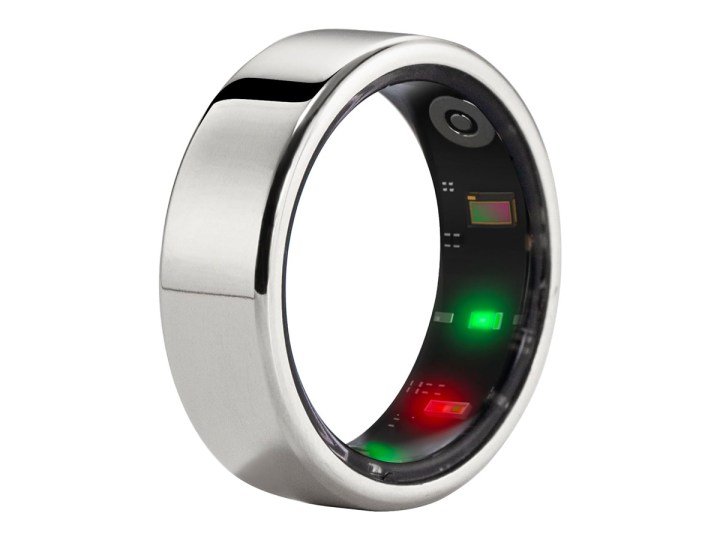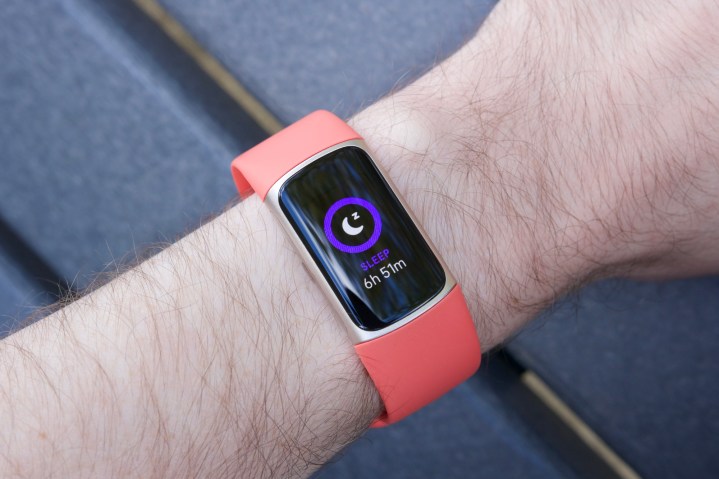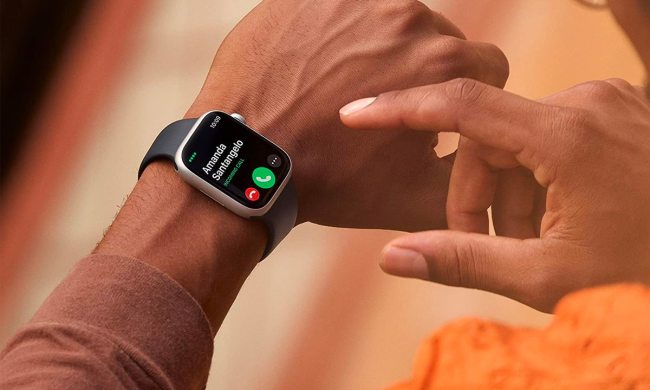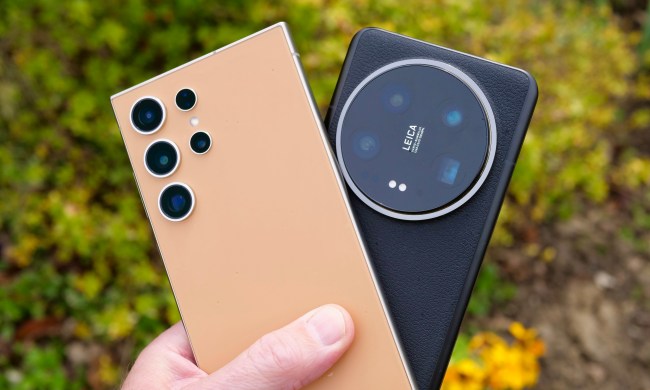The Oura Ring brand is incredibly popular. There’s no doubt about it. Just look at our Oura Ring 3 review, where we compliment the ring for its gorgeous design, abundant features, and convenient battery charging. When you’re done, check out this interesting look at the Oura Ring Horizon, where Digital Trends contributor Joe Maring discusses how he keeps bumping into other Digital Trends contributors that have and love the Oura Ring. So much so, that he had to try it. And he loved it, but it ultimately wasn’t for him due to having somewhat boney knuckles. In other words, the Oura Ring is great and if you’re reading this you’re probably enthralled by what they do. However, it isn’t the perfect product for everybody. So, we’re collecting some alternatives that you — and possibly Joe — might like.
The best Oura Ring alternatives in 2024
- Buy the for an Oura Ring alternative with advanced features.
- Buy the if you want a durable smart ring on a budget.
- Buy the for the best smartwatch alternative to the Oura Ring.
- Buy the if you want the Oura Ring alternative that is suitable for your kids.
Ultrahuman Ring Air
Most advanced Oura Ring alternative

| Pros | Cons |
| No subscription necessary | Advanced app |
| 22 workout modes | |
| Tracks circadian rhythm |
The Ultrahuman Ring Air is undoubtedly one of the most complex fitness and sleep tracking rings. If you’re looking at the Oura Ring and wanting to compare it to something, this is the one. In addition to the typical measurements, it looks at your energy levels, circadian cycle, and more. That means it can suggest things like when coffee is good for you. For fitness, you can have nearly two dozen activities measured, including popular ones like walking, running, and even football.
Ultimately, this is a very advanced system. On the surface, that sounds good, but if you’re in agreeance with our Ultrahuman Ring Air review, it can be somewhat too complex. In other words, it is worth it for your if you’re ready to dive into the technicalities of bio-tracking. For example, our reviewer points out that the app refers to a “Circadian Dead Zone” and quickly points out that this is what the average morning person would call “daytime”. Likewise, the Ultrahuman Ring Air gives great advice on shifting your Circadian rhythm but won’t guide you as to why that is useful. To some degree, this means that the Ultrahuman is a technician’s smart ring, great for those willing to dive into the technicals themselves.
| Key Specifications | |
| Form factor | Ring |
| Size | 5-14 |
Amovan Smart Ring
Best budget Oura Ring alternative

| Pros | Cons |
| No subscription fee | Sleep tracking best for healthy sleepers |
| Highly durable construction | Biofeedback issues |
| Low price |
Considered one of the best smart rings, the Amovan tracks fitness and sleep health while remaining tough. In fact, that’s its big selling point. The Amovan is made from Titanium (the same material as the Oura Ring) and has a tough exterior. Likewise, it can withstand up to 100 meters of water resistance (just like an Oura Ring). There is really a lot to like here and, considering the same basics are covered, the Amovan appears similar to the Oura Ring enough for it to be a stand out competitor.
One thing to note is that it has automatic sleep tracking. However, this automatic sleep tracking is from 10pm to 8am. For many people, sleeping during these hours is a sign of good overall sleep anyhow. Things like this and reports that hand movements can be recorded as steps make this product not as good as an Oura Ring. The Amovan, however, balances this out by being offered at a much lower price. In other words, you get an affordable, durable ring, that gives the basics of biofeedback via an Amovan.
| Key Specifications | |
| Form factor | Ring |
| Size | 6-13 |
Fitbit Charge 6
Best watch alternative to the Oura Ring

| Pros | Cons |
| >40 exercise modes | Requires FitBit Premium for full features |
| Sleep tracking | |
| Lengthy battery life |
While not a smart ring, the FitBit Charge 6 can easily replace the Oura Ring’s features in a style that may very well be more comfortable for you. It has a small design that feels good and its 1-inch AMOLED screen allows for information gathering without using your hands to pull out your smartphone. This means that, unlike an Oura Ring, you can actively learn about yourself while doing “dirty” activities like gardening. While worn, it will track your sleep, ECG, and various activities.
Of course, FitBits are known for having more to them than just fitness and sleep health tracking. Our Fitbit Charge 6 review goes into all of these details, but the basics include: Google Maps, YouTube Music, and Google Wallet integration. This is a fully-featured smartwatch. Oh, and it is also really affordable compared to the Oura Ring, but the temptation to get FitBit Premium may very well increase your long-term costs.
| Key Specifications | |
| Form factor | Smartwatch |
| Size | Small (140mm – 180mm wrist) and Large (180mm – 220mm wrist) |
Fitbit Ace 3
Best Oura Ring alternative for kids

| Pros | Cons |
| Encourages movement and a healthy lifestyle | Works best with a parental FitBit |
| Animated and lively | |
| Fun for the whole family |
If mom or dad have an Oura Ring, and love chatting about their body stats, it only follows that the child will want something like that, too. However, rings aren’t likely that wise to put on rapidly growing hands. Instead, a smartwatch made specifically for children is a great alternative, and provides child-appropriate sleep and fitness tracking, alongside age-appropriate health encouragement. For example, reminders to get up and move and plentiful, encouraging increased metabolism and a lifetime of movement in an age of increasing youth obesity and earlier sedimentary lifestyles.
Our FitBit Ace 3 review will be the first to point out that the children’s smartwatch works best with a family of FitBit users. When used together as a family, it allows for fun challenges and more. That means it might not be perfect if you’re an Oura Ring only kind of family, but it’s an absolutely fun experience if your family is connected.
| Key Specifications | |
| Form factor | Smartwatch |
| Size | One size (S and L bands included) |
How we chose these Oura Ring alternatives
If we boil the Oura Ring down to its most basic properties, we see three things: an object that is a ring, an object that can track sleep, and an object that can track fitness.
Ring, Fitness, Sleep… these are the three key ingredients of an Oura Ring
Surprisingly, the ring part of the Oura Ring was the most discardable element. Our colleague Joe, after all, lost out on a great sleep and fitness tracker as a result of its shape. The reality is, we’re looking for sleep and fitness trackers here, if they’re in the form of a ring, that’s just a bonus (sometimes). To put it another way, many people that wear an Oura Ring would consider wearing a hypothetical “Oura Necklace” as a substitute. Few, however, would wear a rose gold wedding band and substitute it for an Oura Ring, that just doesn’t make sense.
Additionally, we favored trusted products that had either been reviewed in-house or recommended before. This doesn’t mean that just anything we’ve enjoyed in the past made it in, however. Our personal experience from the Whoop 4.0 review kept it out of the list.
A final word on Oura Ring alternatives in 2024
One somewhat awkward part of writing this in the beginning of 2024 is the upcoming Samsung Galaxy Ring was teased just days before this article was published. Many of you probably came to this page looking for information on the Galaxy Ring, as some coverage of it hyped its appearance so much that it seemed as if it were launched today. In fact, it is not. Luckily, good Oura Ring alternatives exist today, but we can also expect the wearable ring market to continue pumping out updates, innovation, and even products in the year to come.
This article is managed and created separately from the Digital Trends Editorial team.



